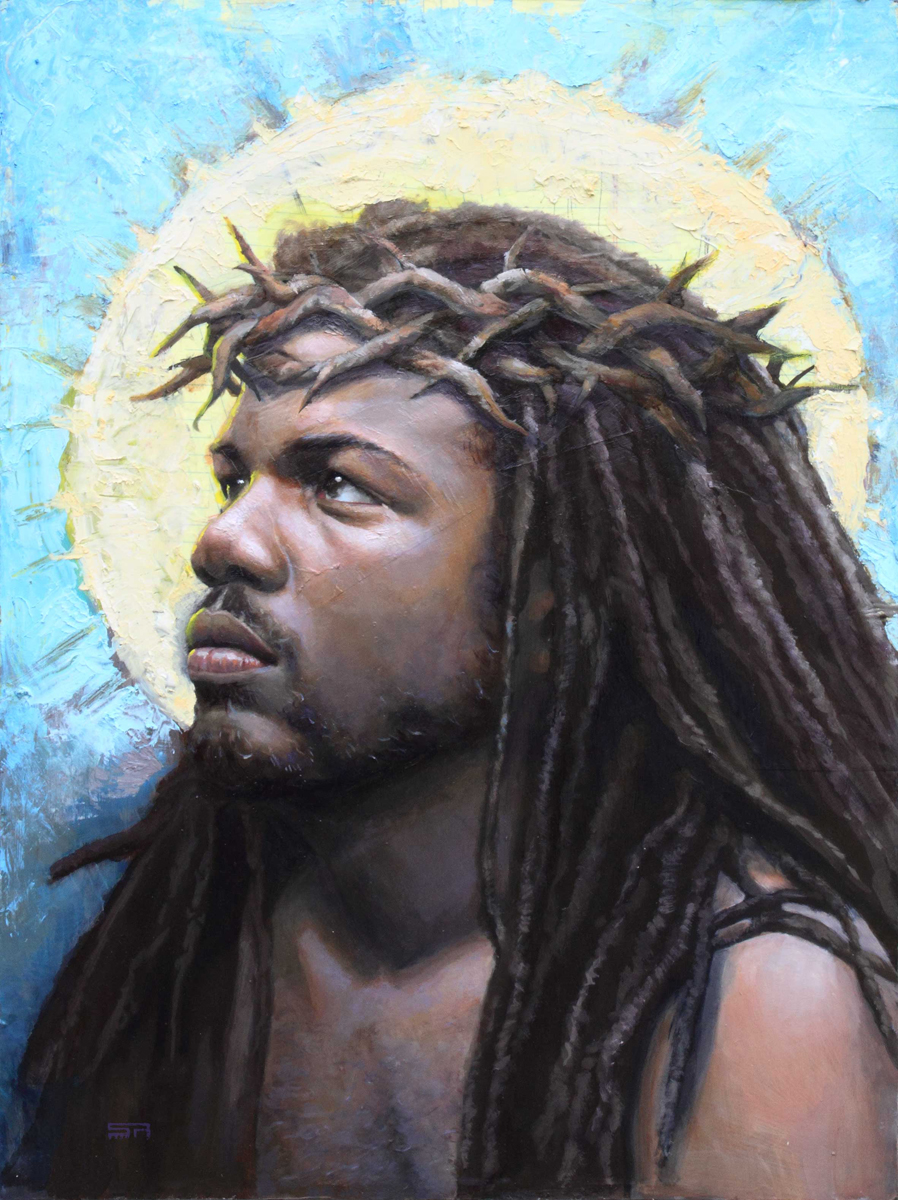
Religious iconography has long been an indispensable part of artistic phrase, providing as a means to convey and commemorate spiritual views. Typically, representations of Jesus Christ have depicted him as a white male along with European function. However, in current years, a growing number of modern artists have taken it upon themselves to test this created photos by redefining religious iconography via the imitation of a black Jesus.
The representation of Jesus Christ as a dark guy is not simply a graphic departure from the norm but also brings significant cultural and social effects. Through representing Jesus as black, these artists intend to challenge dominating ideas of ethnological identification and portrayal within religious situations. They seek to produce inclusive narratives that show the range and take ins of marginalized communities.
One such performer who has produced substantial payments to this action is Kehinde Wiley. Understood for his vibrant images that integrate historical International art practices along with modern African American culture, Wiley's reinterpretations of timeless works frequently include younger black men in noble poses. In his series labelled "The World Stage: Israel," Wiley portrays youthful Ethiopian Israelis against elaborate backgrounds inspired by Oriental varieties. By positioning these people within spiritual circumstances commonly booked for white colored numbers, Wiley tests viewers to examine their preconditioned ideas concerning race and faith.
Yet another performer at the center of redefining theological iconography is Titus Kaphar. Kaphar's job looks for to reveal hidden past histories and address the erasure of African Americans from typical narratives. In his piece titled "The Jerome Project," Kaphar utilizes pictures of Saint Jerome – commonly depicted as a white colored figure – as a beginning factor for looking into the complications bordering ethnological identity within Christianity. Through painting over these representations with black tar or reducing them out completely, Kaphar highlights how historical representations can sustain exclusionary narratives.
Kara Walker is however one more artist who has challenged traditional representations of Jesus with her thought-provoking setups. Understood for her usage of black contour intermediaries, Walker's work looks into concepts of nationality, sex, and energy. In her installment labelled "A Distinction," Walker developed a huge sugar-coated sphinx number that was both awe-inspiring and unsettling. The amount, which featured exaggerated attribute typically linked with racist caricatures, directly challenged viewers along with the uncomfortable past of genetic exploitation. Through subverting expectations and confronting visitors with unpleasant honest truths, Walker's work obstacle created notions of spiritual iconography.
These artists, among lots of others, are enhancing the shape of religious iconography with their highly effective aesthetic reinterpretations. Through presenting Jesus as black in their works, they aim to test the prevalent story that has traditionally marginalized people of colour within theological situations. Their art serves as a driver for conversations neighboring nationality, portrayal, and inclusivity within the realm of faith.
The effect of these contemporary performers goes beyond the craft world itself; it expands right into community at sizable. By challenging set up norms and showing substitute portrayals of Jesus Christ, they motivate customers to examine their very own predispositions and prejudgments regarding nationality in relationship to spirituality. With their art pieces, these artists provide to a a lot more comprehensive and as